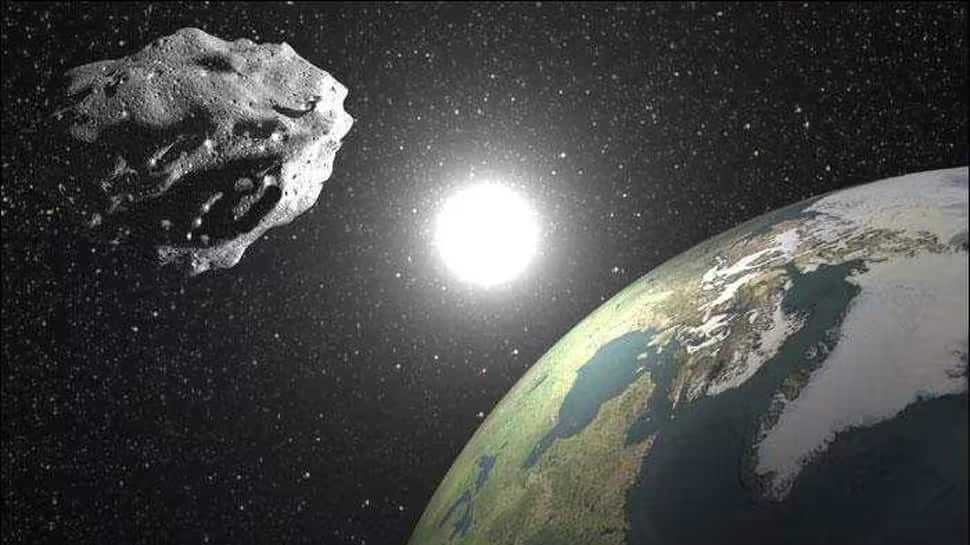NASA has issued an alert about two asteroids approaching Earth tomorrow. These space rocks, measuring approximately 190 feet and 89 feet wide respectively, are similar in size to a commercial airplane. Although these encounters may seem alarming, there is no need for concern as they pose no threat to our planet.
The larger asteroid, traveling at about 30,000 miles per hour, will remain at a safe distance of around 925,000 miles from Earth. The smaller one, moving at 28,000 miles per hour, will pass by at approximately 1.23 million miles away. These distances are well beyond the Moon’s orbit, ensuring Earth’s safety.
Such flybys provide astronomers with valuable opportunities to study these celestial bodies. Observing asteroids allows scientists to gather crucial data about their composition, origin, and potential hazards. It’s important to remember that while these events might capture headlines, the vast majority of asteroids pose no threat to Earth.
Here’s how NASA tracks asteroids
NASA and other space agencies constantly monitor near-Earth objects to identify and track potential threats. These flybys highlight the dynamic nature of our solar system and underscore the importance of ongoing space exploration.
Ground-Based Telescopes:
Survey Telescopes: These wide-angle telescopes continuously scan the sky, capturing images and searching for moving objects.
Follow-up Telescopes: Once a potential asteroid is detected, larger telescopes gather detailed information about its size, orbit, and composition.
Space-Based Telescopes:
Space-based telescopes like NEOWISE use infrared light to detect asteroids that might be missed by visible-light telescopes.
Data Analysis and Coordination:
Telescope data is collected and analyzed by organizations like the Center for Near-Earth Object Studies (CNEOS) at NASA’s Jet Propulsion Laboratory. Scientists use complex mathematical models to calculate the orbits of asteroids and assess the potential for future close approaches or impacts. NASA collaborates with other space agencies and observatories to share data and enhance asteroid tracking capabilities.
Be the first to read breaking news in Hindi aajsamacharindia.com| Today’s latest news, live news updates, read most reliable Hindi news website aajsamacharindia.com|
Like us on Facebook or follow us on Twitter for breaking news and live news updates.



